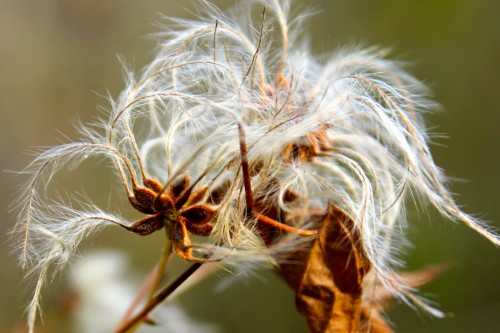Mar 202012
 In this lesson, students will learn the characteristics that help seeds to disperse and the variety of ways that seeds can get around! Dispersal is important for plants (and animals, too) because it helps young organisms to avoid competing with their parents for resources and to escape seed predators. Different species of plants produce seeds with different adaptations for dispersal. Some seeds, like those of the dandelion, rely on the wind to carry them. Other seeds are encased in fruit, and rely on animals to eat them and deposit their seeds elsewhere. This topic connects to many K-4 topics, including organism’s needs in their environments, competition, adaptation, survival, reproduction, and plant life cycles. Additionally, this lesson helps students practice multiple important inquiry skills that encompass many steps of the scientific method.
In this lesson, students will learn the characteristics that help seeds to disperse and the variety of ways that seeds can get around! Dispersal is important for plants (and animals, too) because it helps young organisms to avoid competing with their parents for resources and to escape seed predators. Different species of plants produce seeds with different adaptations for dispersal. Some seeds, like those of the dandelion, rely on the wind to carry them. Other seeds are encased in fruit, and rely on animals to eat them and deposit their seeds elsewhere. This topic connects to many K-4 topics, including organism’s needs in their environments, competition, adaptation, survival, reproduction, and plant life cycles. Additionally, this lesson helps students practice multiple important inquiry skills that encompass many steps of the scientific method.At the conclusion of the lesson, students will be able to:
- Describe different adaptations seeds have that help them to disperse
- Make predictions about how a seed is likely to disperse
- Collect data and record findings in simple charts
- Summarize data from charts into sentences
- Compare findings among types of seeds
- Compare findings between groups that may have tested the same or different types of seeds
- Recognize that repeating a test should provide similar results to previous tests
Resources:
Lesson plan created by GK-12 Fellows Elizabeth Schultheis & Alycia Lackey, 2011
